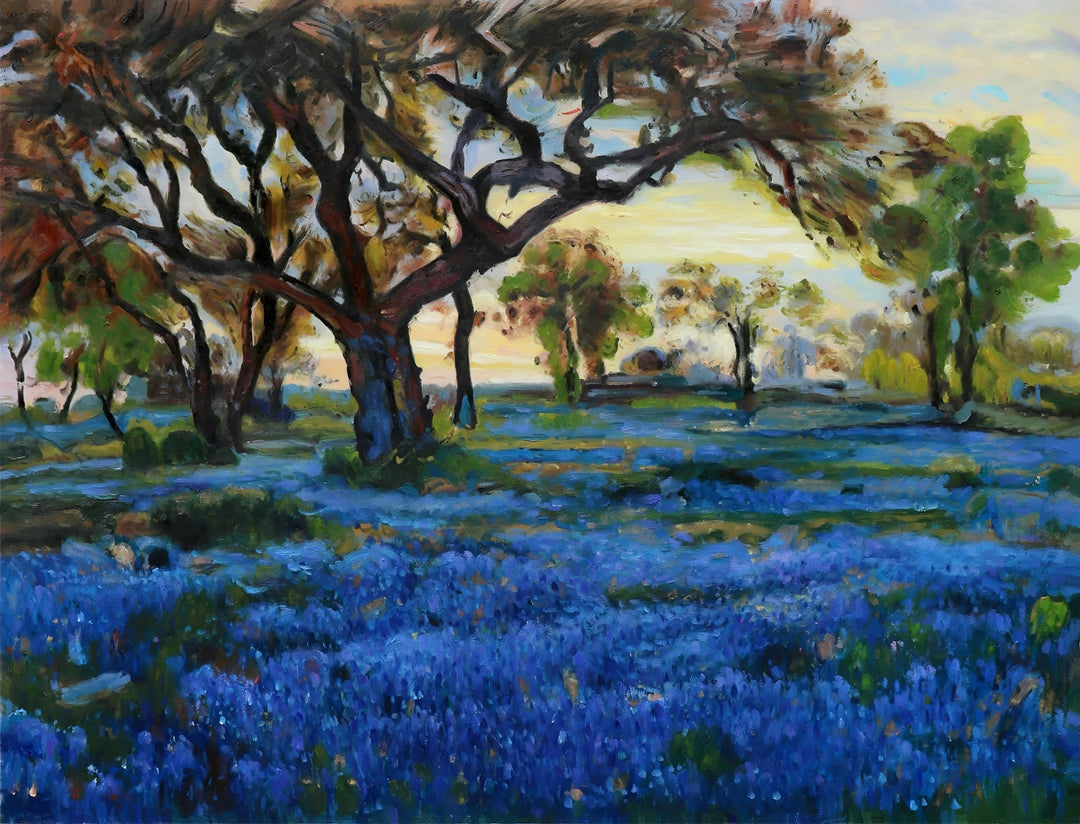
Impressionism
Impressionism, born in France in the mid-19th century, marked a turning point in art history by focusing on the representation of light and its variability rather than the precision of form. With deep roots in Romanticism this movement valued individual expression and subjective interpretation, elements prefigured in the work of Joseph Mallord William Turner, whose atmospheres and light treatments anticipated the chromatic freedom of Impressionism.
Painters like Claude Monet, whose "Impression, Sunrise" gave the movement its name, Edgar Degas, known for his scenes of everyday life and ballerinas, and Pierre-Auguste Renoir, with his exquisite treatment of light and color in social scenes, led this artistic avant-garde. Also, Camille Pissarro contributed with his landscapes and rural scenes, all committed to capturing the moment from a personal and transient perspective. This innovative approach not only broke with the academic conventions of the time but also laid the foundations for the development of later movements, such as Neo-Impressionism, where artists like Georges Seurat and Paul Signac advanced the interaction of color and light through pointillist.
techniques. Ultimately, Impressionism transcended as an artistic manifestation that, inspired by the past and anticipating the future, redefined beauty in everyday life and the fleeting moment.























